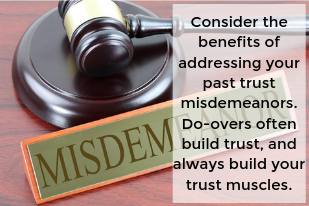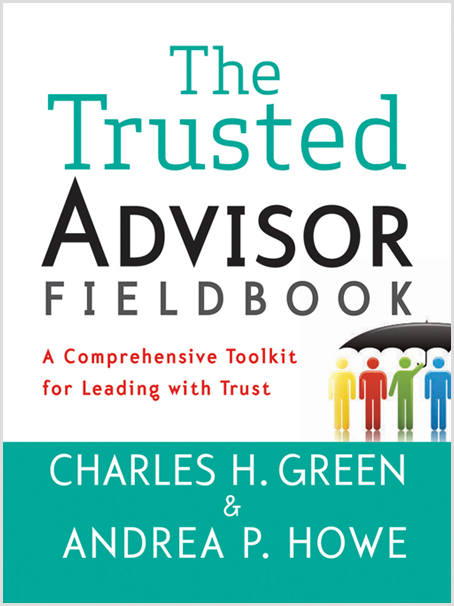This post is part of our Monthly-ish Tips series.

I’ve written many times about the importance of making communications personal. I often follow my own advice. And sometimes I don’t. Here’s a tale of a failure on my part, including what I did to attempt to rectify things. Perhaps you’ll find it a useful template (the rectifying part, not the failing part).
The situation: I send stuff to past clients in celebration of the New Year. Once you are on the recipient list, you stay on it every year thereafter, no matter how much or little business we do together. Clients can opt for different things, and one option is a donation given on their behalf to a worthy cause.
The failure: I had a lot of clients opt for the donation this year, so I had a lot of emails to send to say thanks and here’s where the money went. I have standard language for the donation part, which I occasionally customize but always bookend with a personal salutation and closing. I work hard to change more than a word or two. I aim to treat every message as a direct and meaningful reach-out.
I drafted one such email to one distant client. We haven’t worked together in quite a few years and I haven’t done a great job of keeping a personal connection going. Truth be told, I never made much of a personal connection in the first place. So I naturally struggled with the personalizing part. I didn’t take the time to Google her to see what she’d been up to in the past year; I simply added a few salutary words to the front of the email.
It was lame, and I knew it—especially because I had just published a Weekly Tip about do’s and don’ts with client reach-outs, where my #1 “don’t” was “don’t send generic messages.” I hit Send anyway.
The next day, I went to grab that message to copy the standard language in it and continue sending emails to others. That’s when I noticed that the few personalized words to her were in a clearly different font, making it especially obvious what I had done.
The attempted fix: At first, I did nothing; I just sat on it. Only every once-in-a-while it would creep into my consciousness and nag at me, ever so quietly. Call me super caring or call me neurotic—they’re both true.
A few weeks later it was still bugging me. So, I wrote her again and fell on my sword. I forwarded the first message and added “DO-OVER” to the beginning of the subject line. I confessed my embarrassment at discovering the font issue, named it as a #trustfail, and sent her my specific best wishes based on what I had since learned about her on LinkedIn (disclosing the source).
It’s several months later now, and I still haven’t gotten a reply. Considering my options for what to do next, I’m choosing to let it be. In this case, insisting on a connection feels like neurosis more than caring. In other cases, I might lean in and take an even bigger risk.
Regardless, my tale includes helpful reminders on the trust front, like how much easier it is if you make (and keep) a personal connection from the get-go, and how confessing at least gets you back in integrity with yourself, if not with your relationship.
Another point added to my humanity scorecard.
Make It Real
This week, look for do-over opportunities in your work relationships. Consider the benefits of addressing your past misdemeanors. Take action where you see a chance for trust-building (or muscle-building).
Learn More

Read about “Apologies, Forgiving and Forgiveness,” from our friends at Trusted Advisor Associates, or brush up on the way we tend to overestimate the probability of awkward situations rectifying themselves in Chapter 9 of The Trusted Advisor Fieldbook.
